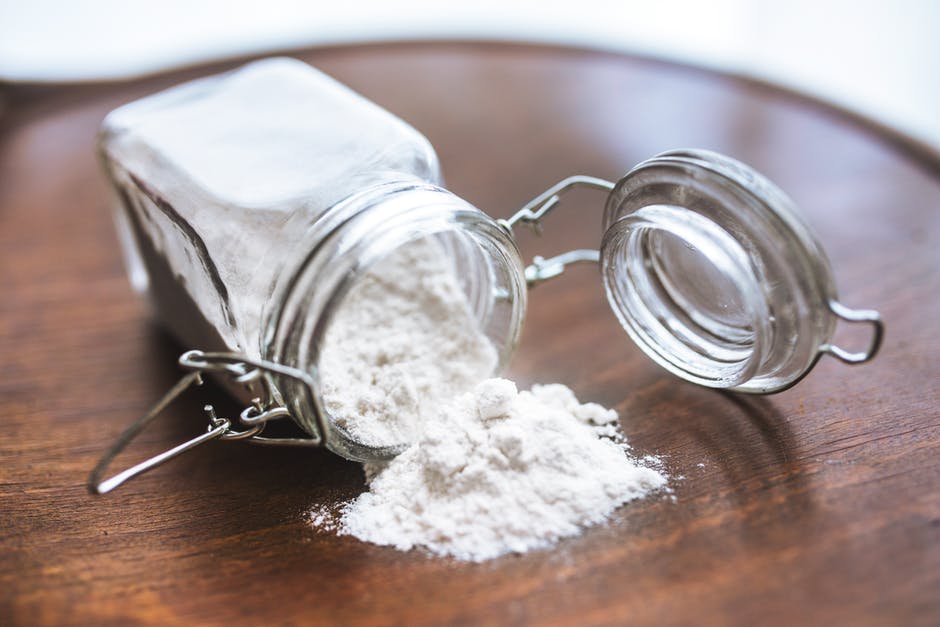You may never have heard of it, but you’ve benefited from it. High-Performance Liquid Chromatography (HPLC) has been in various industries, including the pharmaceutical industry, for over fifty years. It’s used for the separation of compounds soluble in a specific solvent using an analytical technique and methodology.
In essence, an HPLC mixture separates and quantifies compounds using higher operational pressures than provided by conventional liquid chromatography. In 2004, HPLC technology advanced, and introduced ultra-high-performance liquid chromatography. Of all the industries HPLC is in, it is of most use and provides vital data in the pharmaceutical industry.
HPLC tests products to detect their raw ingredients for qualitative and quantitative analysis. Read on to learn more about the essentials of HPLC. The informative guide below also explains column chromatography and the crucial role it plays in the pharmaceutical industry.
High-Performance Liquid Chromatography – HPLC
The U.S. Food and Drug Administration (FDA) enforces stringent regulations on pharmaceutical companies to use HPLC. This helps ensure that pharmaceutical companies detect the quality of their products before ever taking them to the global market to sell. The HPLC technique helps determine impurities and degradation products through HPLC’s structure elucidation and quantitative determination.
This means everything from bulk drug materials, individual drugs, and herbal medicines gain from using HLPC and its analytical benefits. While the pharmaceutical industry uses HPLC the most, other industries benefit from it as well. These market segment industries are:
- Biotechnology
- Chemicals
- Academia
- Contract Research Organizations
- Other industries
HPLC is the most significant product segment within the analytical instrument industry. It’s benefits for R&D purposes resonate in quality control and process engineering application because any other product segment cannot duplicate it.
What are HPLC Essentials?
What you need to remember most about HPLC is that it helps identify and analyze various chemicals, materials, and components through substance analyzation. There are HPLC improvements from time to time, which results in new benefits. A prime example is when FlexFire shortened the time needed for tweaking the optimal condition of one particle size to the another in HPLC-UHPLC method transferability.
FlexFire series enables 1.6, 2.6, and 5 µm particle sizes, so they fit your analytical system requirements. You can use the same line columns in different departments like research vs. quality control. FlexFire can tweak one particle size to another using a shortened amount of time while getting optimal conditions.
That’s because the functional bonding groups give predictable consistency in every FlexFire column due to the excellence and homogeneity of silica gel and end-capping. FlexFire is scalable and transferable and easily covers any segment in your industry’s operations.
The HPLC Machine
The core components of an HPLC machine system include a solvent reservoir or multiple reservoirs. An HPLC system will consist of a high-pressure pump, a column, an injector system, and the detector. The material mass is loaded into the chromatographic column greater than the analytical variation.
The reservoir holds the solvent. The solvent once in the reservoir represents the mobile phase because it moves. Each reservoir usually holds about 1000 cc of solvent, which is fitted with a gas diffuser. The pump is used to specify the flow during the mobile phase.
The injector takes the solvent into a phase stream that provides a sample that goes up to a 400 bar high-pressure column. At this point, a specific packing material is usually needed to effect the separation. This is also called the stationary phase because the packing material is held in place by the column hardware.
What is HPLC Chromatography?
When the loaded compound exits the column chromatographic fractions are collected in test tubes. The fractions can be separated and thereby purified. If you’re using HPLC for analytical purposes, the loaded compounds aren’t collected.
The liquid is monitored by a detector that’s incorporated in an HPLC device. Sometimes the liquid is directed into a device like a mass spectrometer. HPLC can also be used in a normal phase or reversed-phase variation.
HPLC Normal Phase and Reversed-Phase
In the normal phase, chemical structures are linked to a solid support in the columns that are more polar than the actual solvent. In the reversed-phase HPLC, the chemical composition is linked to the solid support where the solvent itself is more polar than the chemical structures. It is the retained compound that remains that ends up defining the mixture.
The HPLC chromatography is part of the actual chemical separation that occurs in the HPLC system. At the baseline on the time axis, there is a series of peaks that rise. Each of these peaks represents the detector response for different compounds. It’s the chromatogram that plots these peaks through its computer data station.
HPLC Detector
The HPLC detector can separate the compound bands from the solvent as it elutes from the high-pressure column. The detector can use that information, which generates the chromatogram reading from a computer. It’s the mobile phase that exits the detector as waste, or you’ll be able to collect it.
When you’re degassing during the mobile phase, try to avoid the unstable baselines that are inevitably caused by dissolved air. Nitrogen is used as your nebulization in what’s called the evaporative light scattering detector (ELSD) phase. This is where your solvent evaporates and leaves a mist that can and will be measured.
High-Performance Liquid Chromatography Benefits
The above informational guide provides the many cross-sectional industries that benefit from using HPLC. HPLC provides a significant benefit in the analytical arsenal. If you need further analysis, there is almost nothing that provides the comprehensive benefits of HPLC.
Both qualitative and quantitative applications use HPLC. The HPLC benefits provided are for both compound identification and quantification. The normal phase of HPLC has been used less and less since its inception.
Today almost all HPLC separation is performed through reverse-phase. When you need analysis data, it’s beneficial to use a leading-edge application like HPLC. The future of science, technology, and pharmaceuticals are often grouped together. Use columns that deliver the flexibility and durability you need, all while obtaining results in record time.

